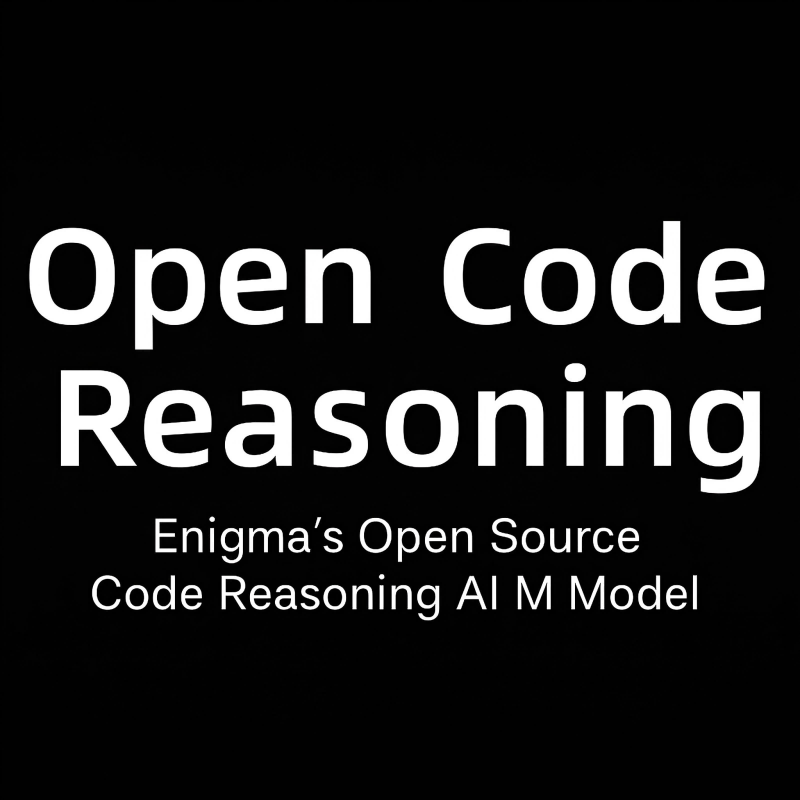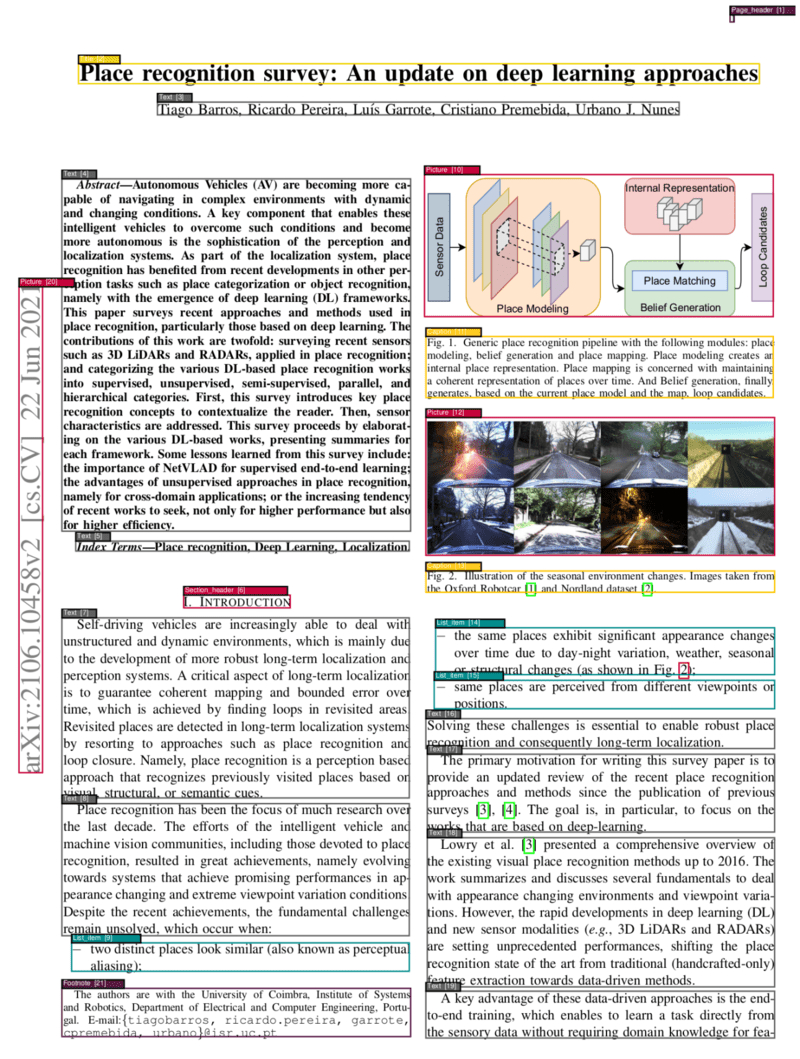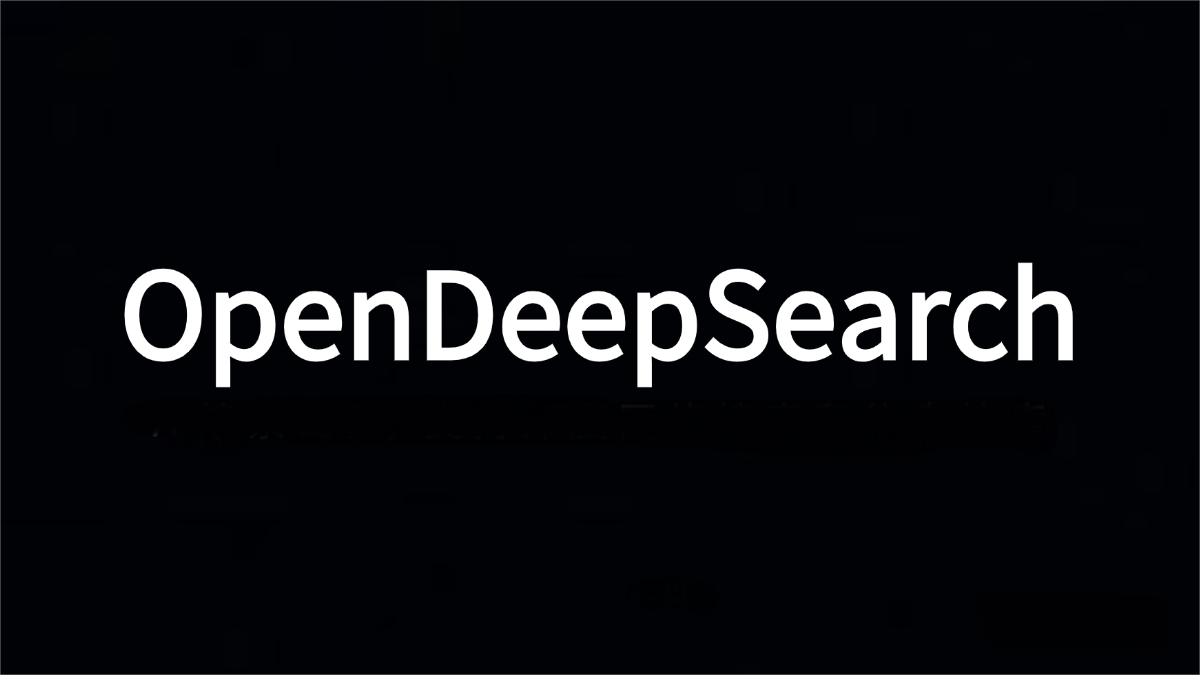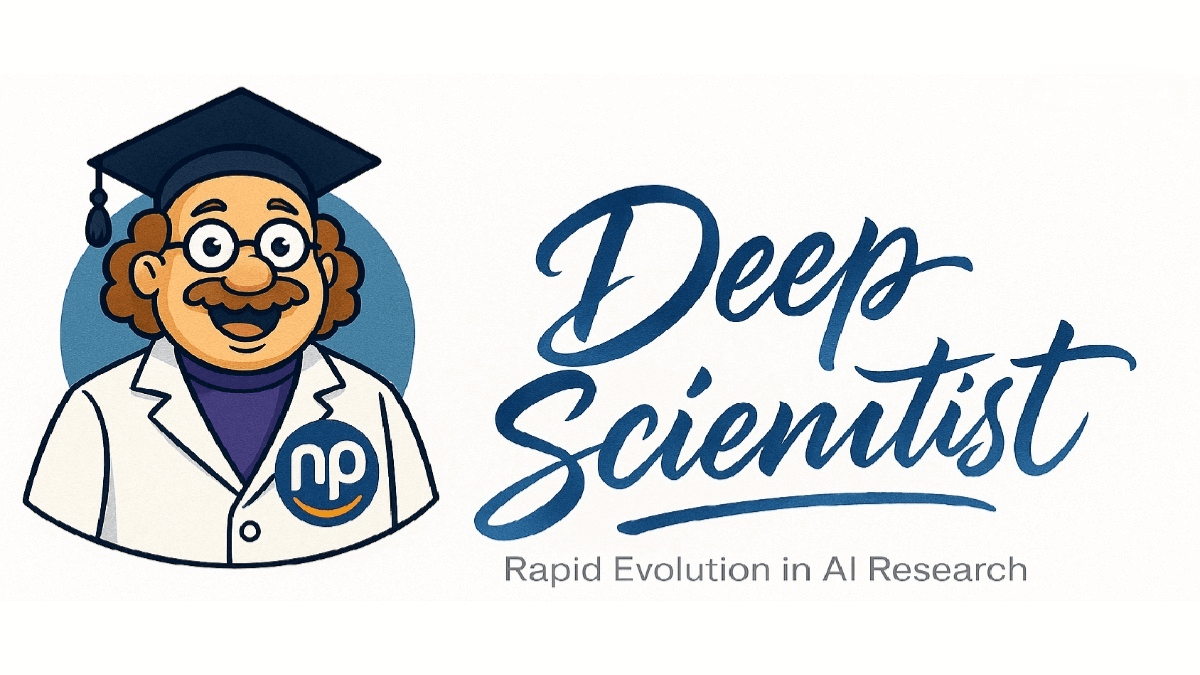Open Code Reasoning – An AI model for code reasoning open-sourced by NVIDIA
What is Open Code Reasoning?
Open Code Reasoning (OCR) is an open-source code reasoning AI model developed by NVIDIA, built on the Nemotron architecture and designed to enhance code reasoning and generation capabilities. OCR comes in three model sizes—32B, 14B, and 7B—tailored for high-performance inference, balanced computational needs, and resource-constrained environments, respectively. The training dataset emphasizes high-quality code with a focus on instruction following, reasoning capabilities, and multi-step problem-solving.

Key Features of Open Code Reasoning
-
Powerful Code Generation: OCR can generate high-quality, executable code snippets based on prompts or user requirements.
-
Code Completion and Optimization: Given an existing code base, OCR can intelligently complete missing logic and optimize the code to be more efficient and concise.
-
Multi-language Support: Built on the Nemotron architecture, OCR is a Transformer framework optimized for multilingual and multitask learning. It supports a wide range of programming languages including Python, Java, and C++, as well as lesser-known languages, to meet diverse development needs.
-
Instruction-tuned Version: The 32B model offers an instruction-tuned variant that enhances the model’s ability to follow and adapt to specific prompts. This fine-tuning helps OCR better understand developer instructions and execute corresponding reasoning tasks more accurately.
-
Seamless Integration with Mainstream Frameworks: OCR is compatible with major frameworks such as llama.cpp, vLLM, Hugging Face Transformers, and TGI, enabling developers to easily integrate it into existing development environments without complex adaptations.
-
Scalable Model Sizes: The OCR model suite includes 32B, 14B, and 7B parameter sizes:
-
32B: Ideal for high-performance inference and research scenarios, offering state-of-the-art results.
-
14B: Balances strong reasoning ability with reduced computational demands.
-
7B: Suitable for environments with limited resources.
-
-
High Inference Efficiency: Thanks to NVIDIA’s custom OCR dataset and optimized model architecture, OCR demonstrates excellent inference efficiency. In the LiveCodeBench benchmark, OCR significantly outperforms OpenAI’s o3-Mini and o1 (low) models, showcasing superior code reasoning capabilities.
Technical Foundations of Open Code Reasoning
-
Nemotron Architecture: OCR leverages the Nemotron architecture—a Transformer framework optimized for multilingual and multitask learning—enabling strong performance across a variety of programming languages and reasoning tasks.
-
Custom Dataset: NVIDIA developed a specialized OCR dataset focused on high-quality code, emphasizing instruction adherence, reasoning ability, and multi-step problem-solving. This helps the model learn the logical structure of code more effectively.
-
Model Scaling and Fine-tuning: OCR is available in 32B, 14B, and 7B parameter sizes. The 32B variant offers an instruction-tuned version to better follow developer instructions.
-
Reinforcement Learning and Process Supervision: OCR may incorporate reinforcement learning (RL) and Process Supervision (PRM) in its training pipeline. RL enables the model to learn optimal reasoning paths, improving accuracy and efficiency. PRM provides step-by-step feedback, scoring each reasoning step and helping the model correct and optimize its reasoning during training.
-
Multitask Learning and Reasoning Optimization: OCR focuses on both the correctness of final results and the reasoning process itself. Multitask learning allows it to break down complex reasoning tasks, formulate hypotheses, and verify them, thereby boosting overall reasoning performance.
Project Resources for Open Code Reasoning
-
HuggingFace Model Repository:
https://huggingface.co/collections/nvidia/opencodereasoning -
arXiv Technical Paper:
https://arxiv.org/pdf/2504.01943
Application Scenarios of Open Code Reasoning
-
Code Generation and Completion: OCR can generate high-quality, executable code snippets in multiple programming languages based on input prompts.
-
Code Logic Optimization: OCR can optimize existing code by completing missing logic and providing more efficient implementations.
-
Education: OCR can be used in programming education to help students understand and generate code. By offering code examples and logical explanations, it aids in teaching programming skills.
-
Software Testing and Debugging: OCR can generate test cases and assist developers in code testing and debugging by analyzing code logic to detect potential bugs and issues.
-
Performance Optimization: OCR can analyze code to identify performance bottlenecks and provide optimization suggestions.
Related Posts




